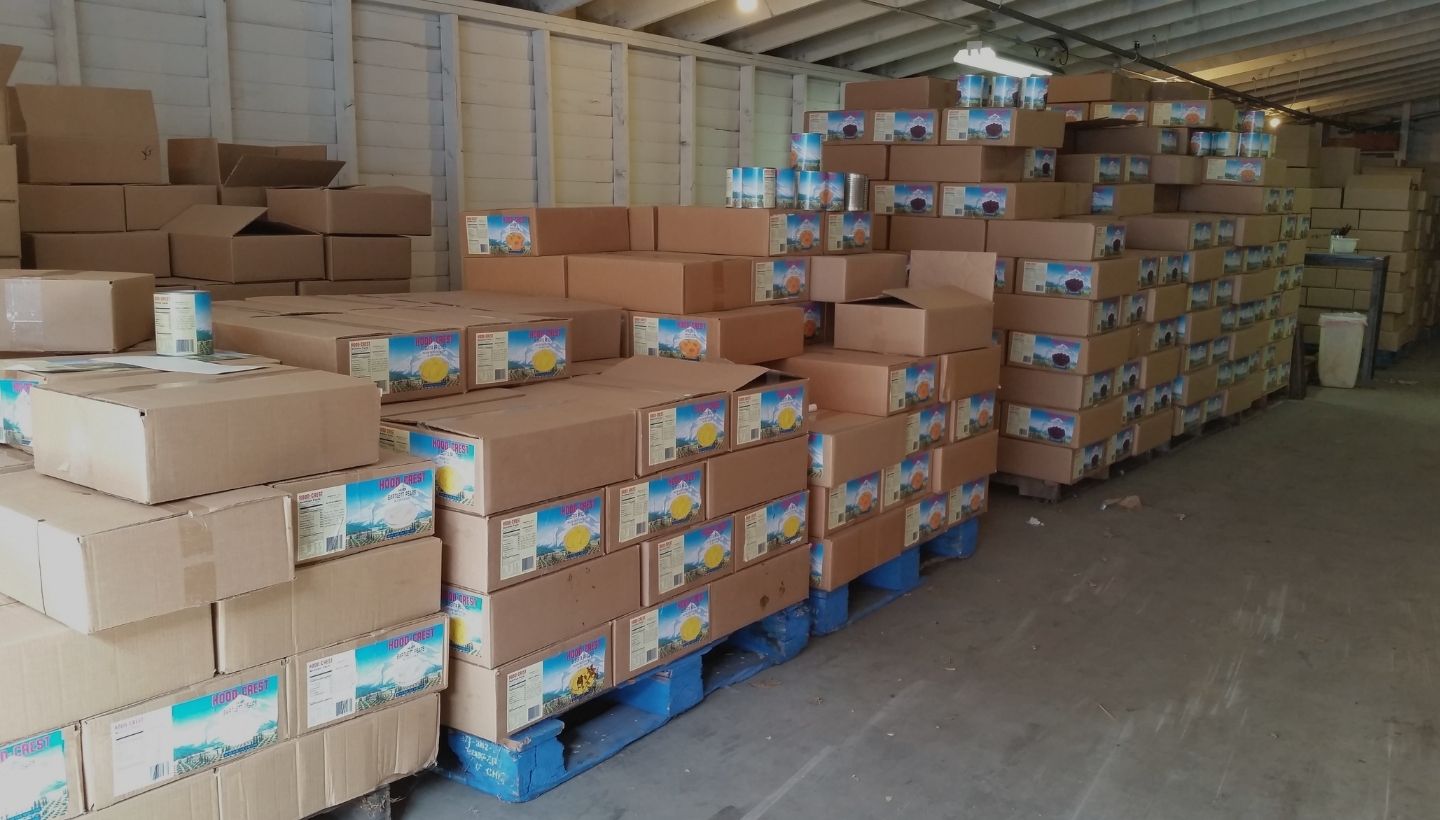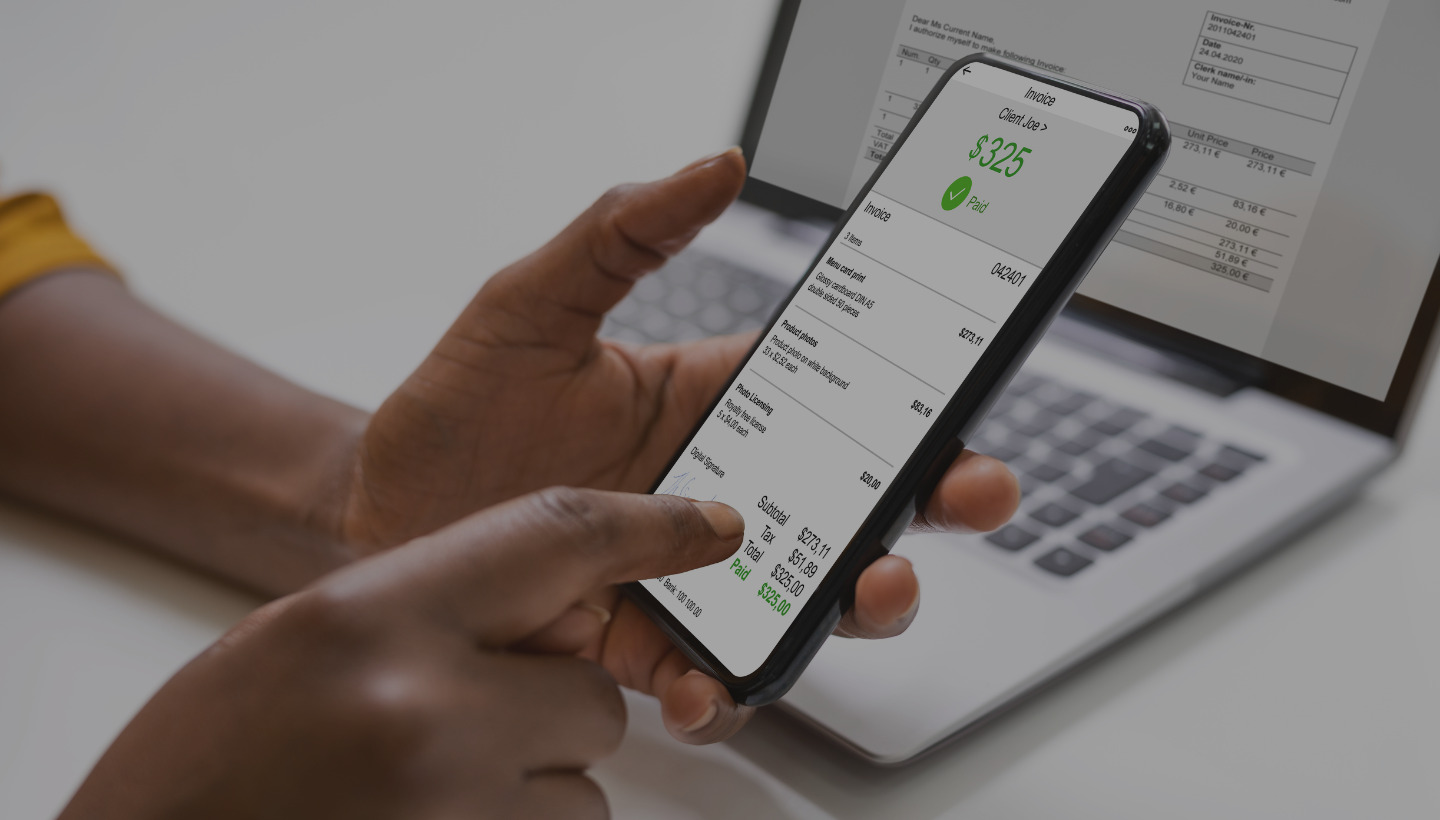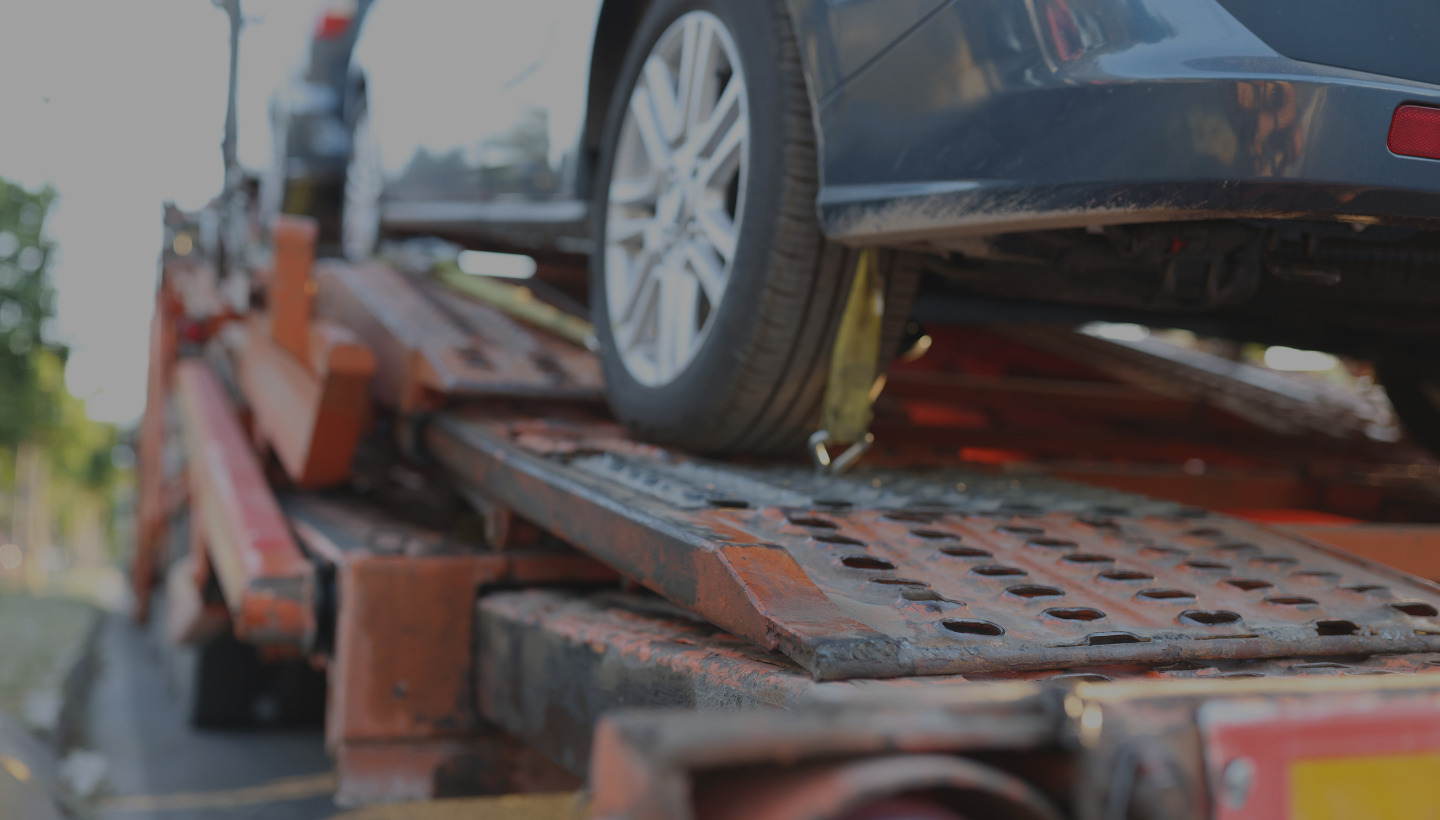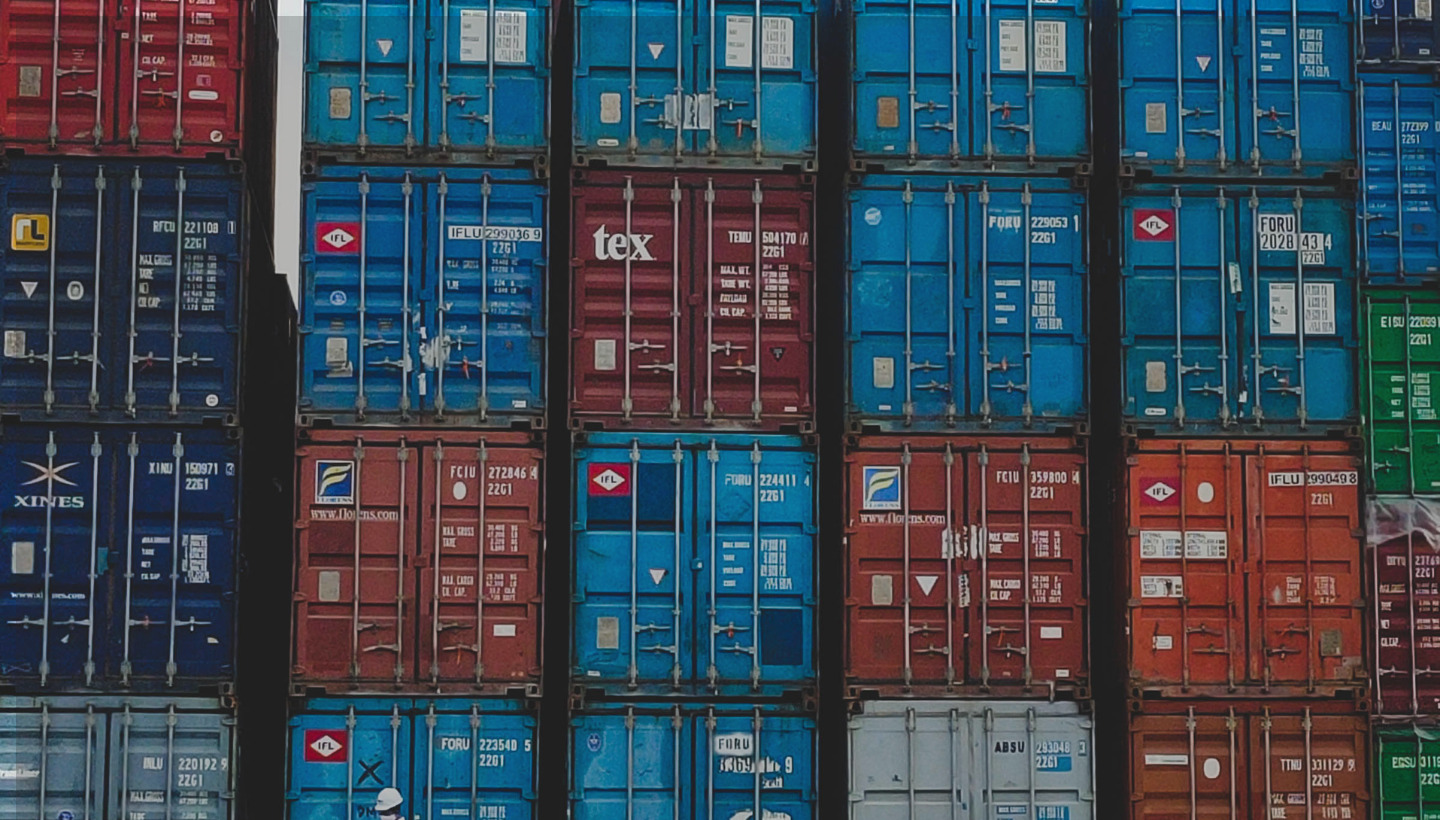This post is part of a series answering frequently asked questions about words, processes, phrases, fees and other aspects of the transportation and logistics industry.
What is LTL?
LTL is shorthand for “less than truckload” freight. When shippers don’t have enough freight to purchase a full truckload, they can ship via LTL.
What is FTL?
FTL stands for “full truckload” freight. Also known as TL for “truckload,” which can be used to describe the size of a shipment and as a quantifiable pricing unit.
What are the key differences between LTL and FTL?
LTL is for small shipments between 150 and 15,000 pounds. Those are often packed on pallets or skids and will share a trailer with goods from other shippers. LTL shipments may stop and transfer trucks more than once before reaching a final destination. FTL shipments generally weigh between 34,000 and 45,000 pounds. Those can be packed in a variety of containers, including boxes, crates, bags, tubs, pallets or skids. FTL shipments will move from pickup to dropoff as quickly as possible and not transfer vehicles en route.
Why would shippers choose LTL?
LTL is primarily a cost-saving option. Shippers benefit by only paying for their portion of the trailer, rather than a full truckload. LTL is also popular since it can offer some flexibility on dates, pickup locations and drop points. LTL can offer more security during transit as goods packed tightly on pallets may be more stable than shipments with smaller packing units. There can be additional benefits such as city delivery, access to liftgates or inside pickup and delivery. LTL shipping may offer better tracking through a bill of lading number, PRO number, PO number, shipment reference number and pick up date range.
FTL shipping is for large shipments that need to arrive with as few OTR delays as possible. For those reasons, It is also a good choice for fragile or high-risk shipments. The size of freight shipments will often determine whether or not FTL shipping is used.
How does LTL impact drivers?
Drivers may get paid less with LTL shipping. They might be paid per drop with a smaller mileage rate rather than the FTL higher mileage rate. Drivers could encounter other problems with LTL deliveries, such as:
- trying to fit a large truck through city streets
- longer wait times since LTL deliveries are often by appointment only
- delivering to multiple locations with different processes
What accessorial fees could LTL shipping encounter?
LTL shipping could incur many different accessorial fees at a destination. There could be lumper or other unloading fees, waiting fees, detention fees or special shipment handling fees due to use of liftgates. Liftgates are power-operated tailgates capable of lifting pallets from street level to the floor of a trailer and vice versa.
How will you pay for these fees?
You may need to prepare to pay in fleet checks, credit cards, WEX EFS and Fleet One cards. But no matter the fee structure, RoadSync has you covered. Our platform simplifies transactions and reduces processing time—enabling you to pay all your fees from one easy-to-use interface, and get back on the road faster.
Pay Your Way
RoadSync Checkout accepts many common forms of payment—including fleet checks, credit cards, WEX EFS and Fleet One cards. And it keeps a digital record of every transaction, minimizing the need for physical paperwork and eliminating lost receipts. You can send digital invoices so you can get paid faster.






